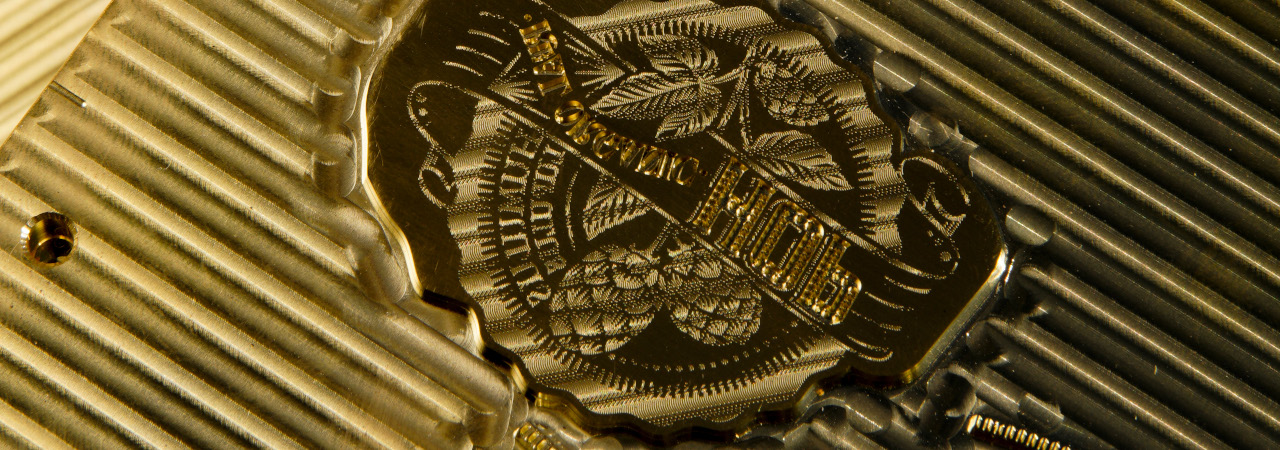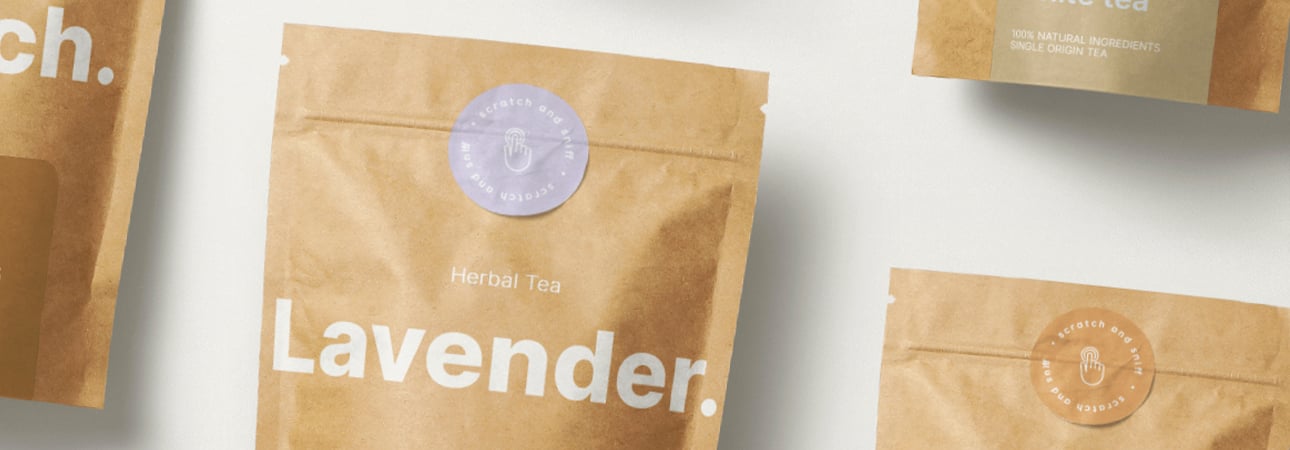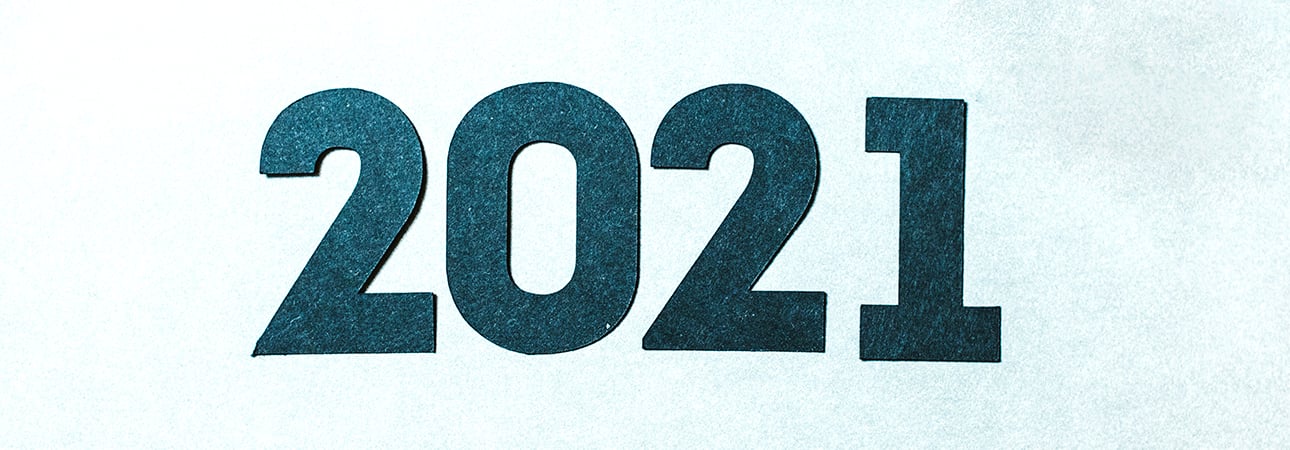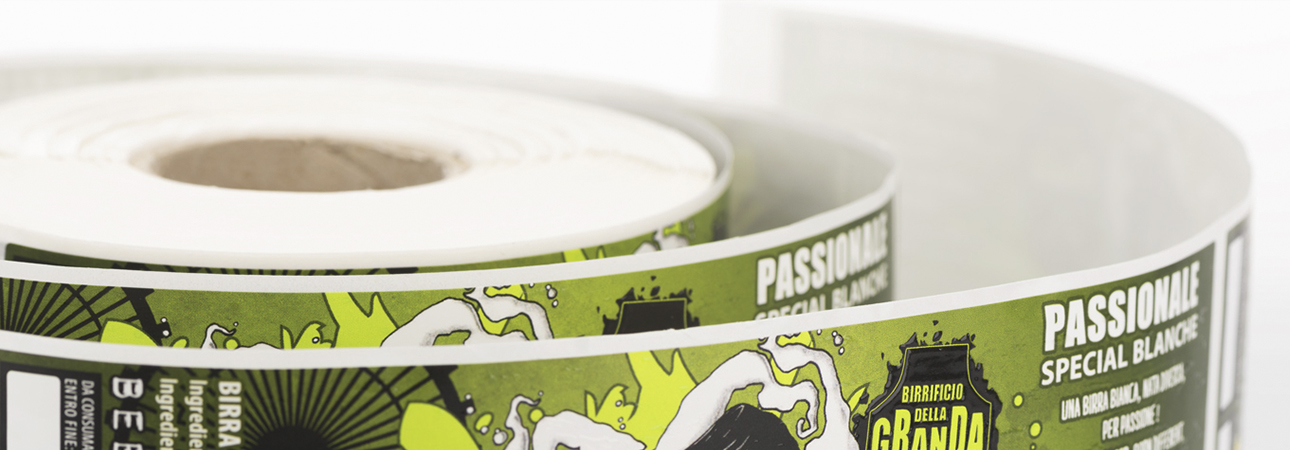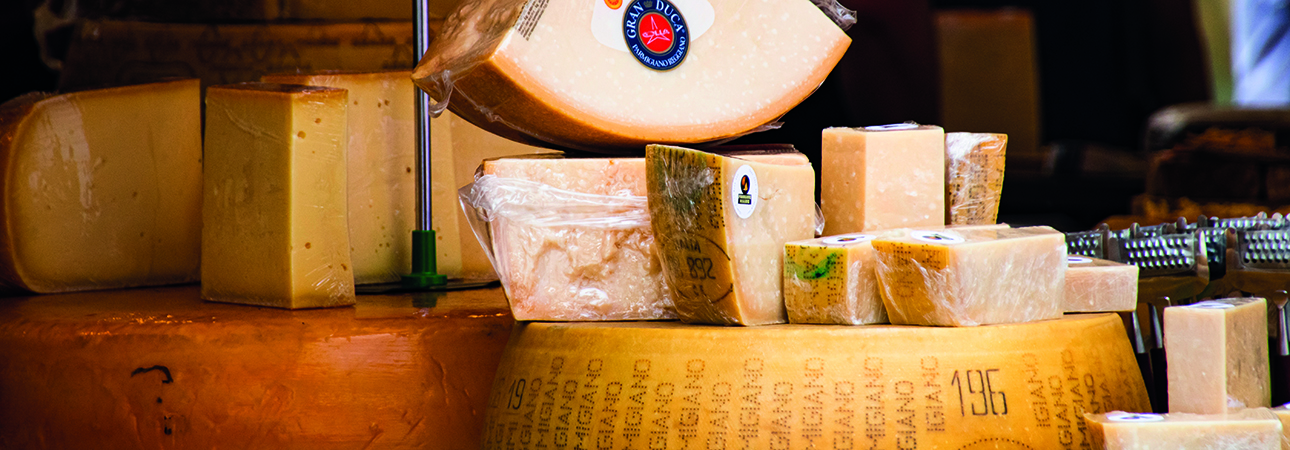Did you like the article? Share it!
Sustainable Labeling: UPM Raflatac RAFNXT + CarbonNeutral®

The theme of Sustainability is today a topic that is very close to everyone's heart and is now a central theme also in the field of design. From the production of sustainable packaging to its disposal, every aspect must consider its environmental impact starting from the materials used.
Sustainable packaging has become a priority for several brands and also for many consumers. Having a minimal environmental impact has become essential, and opting for sustainable packaging is undoubtedly necessary for every company. Global surveys have analysed how consumer demand is increasingly oriented towards companies that focus on environmental sustainability and sustainable packaging.
Several initiatives have been implemented to solve the packaging problem at the sustainability level:
waste reduction, control of energy consumption and emissions, creative recycling and reuse.
Many companies and large giants have been moving in this direction for some time; some have announced that all their packaging will be sustainable and come from renewable, recycled or certified resources within a few years.
waste reduction, control of energy consumption and emissions, creative recycling and reuse.
Many companies and large giants have been moving in this direction for some time; some have announced that all their packaging will be sustainable and come from renewable, recycled or certified resources within a few years.
By sustainable packaging, we mean those products that, in the long term, do not cause damage to the environment or that, in any case, seek to limit it.
UPM Raflatac RAFNXT+: the power of the forest.
Labels are an integral part of the design of the packaging. Therefore the theme of sustainability must also be extended to this type of product. Take the example of our paper and plastic supplier, UPM Raflatac: a Finnish manufacturer of sustainable packaging and label materials. This supplier has produced a new zero-emission material, with which you can reduce the carbon footprint of your packaging, as CarbonNeutral® certified.
"RAFNXT + from UPM Raflatac is the world's first self-adhesive material proven by Carbon Trust to help mitigate climate change and harness the potential of responsibly managed forests." - UPM Raflatac.
UPM Raflatac developed this new product as a low carbon alternative to traditional label materials. By using recyclable and recycled materials and natural resources, they have managed to create a product that has a lower carbon footprint on the environment. In addition, it is an innovative material that represents an excellent solution for any type of labelling.
CarbonNeutral® "We compensate for what we cannot reduce today."
We can define this type of sustainable packaging as it uses fewer raw materials, less energy and less water. In addition, during its life cycle, it generally produces less waste than other types of packaging, making it possible to have a less negative impact on the climate. All this certainly helps to reduce the impact on the climate, but it is still not enough. Acting on the environment today means finding alternative solutions to combat emissions that have not been able to reduce. Here, we talk about CarbonNeutral® certifications.
Since, during production, it is almost inevitable to eliminate the creation of greenhouse gas emissions, it is necessary to balance these emissions through the so-called “carbon offsets”. Therefore, the CarbonNeutral protocol just represents concrete action for the climate and supports global low-carbon transformation. Therefore, to obtain CarbonNeutral® certification, UPM Raflatac is committed to supporting projects that address the root causes of climate change by reducing or avoiding carbon emissions.
Natural Capital Partners issued the zero-emissions product certification by the CarbonNeutral protocol. A global framework for zero emissions verifies that the reductions and elimination of emissions are in place.
Respect for the environment is the key
“Sustainably managed forests are the foundation of our approach to overcoming fossil fuels. RAFNXT + label materials paper comes exclusively from FSC certified forests [...]. These forests are managed to take into account the environment, the community and economic viability. There is no deforestation, and ecosystem services and environmental values are maintained or improved. " - UPM Raflatac
This approach has shown how the choice of respect for materials can increase the ability of our forests to eliminate carbon dioxide from the atmosphere.
Today more than ever, in the world of packaging, sustainability is a central theme. As a result, each brand must consider the environmental impact of its packaging, starting with the choice of materials to be used.
I hope this article turned out to be exciting and that more and more companies are taking an example from these innovative cases that are investing in having a minor impact on the climate. So join the Labelado Community and stay updated with other articles on the world of packaging!
Next

